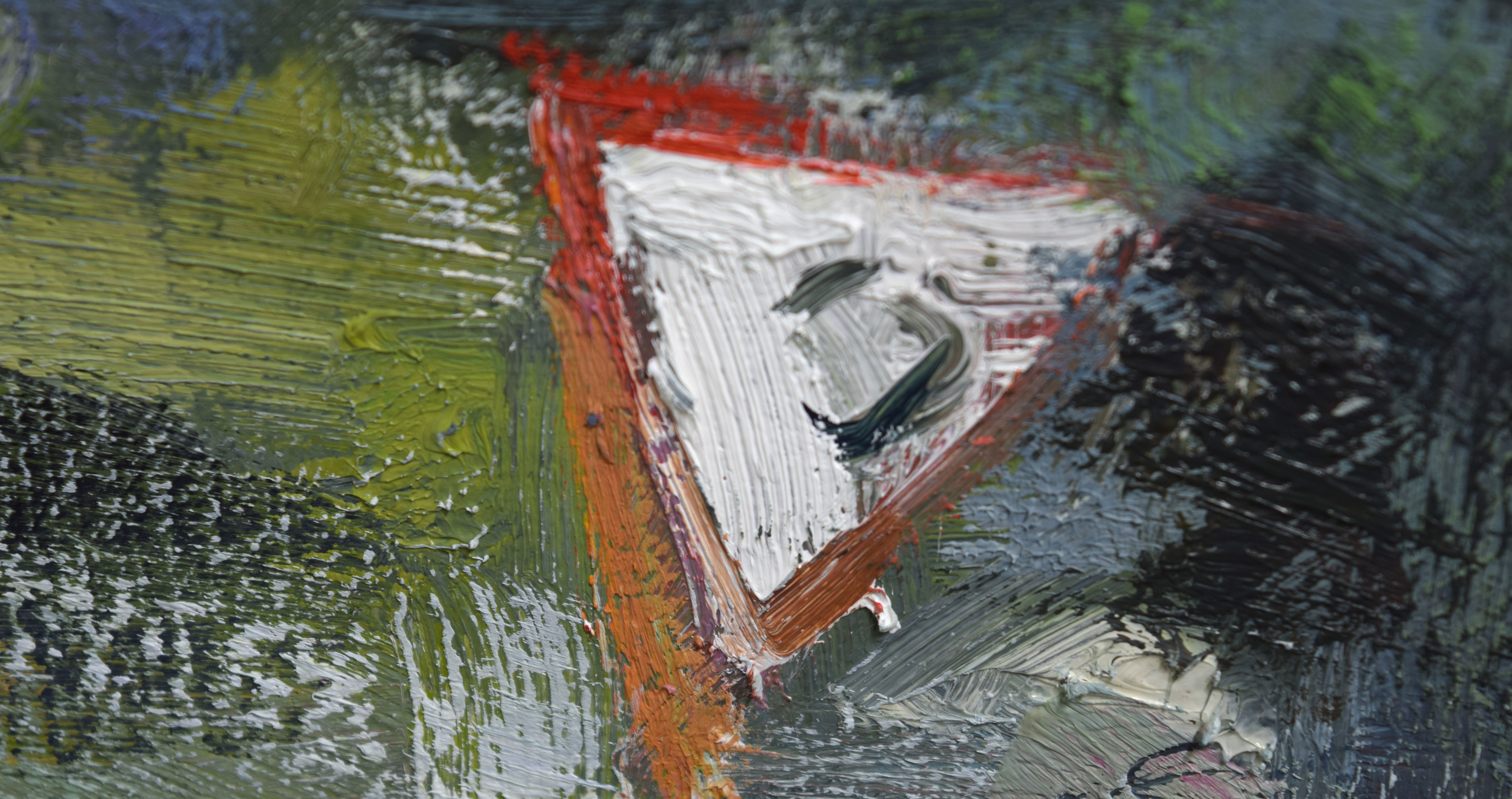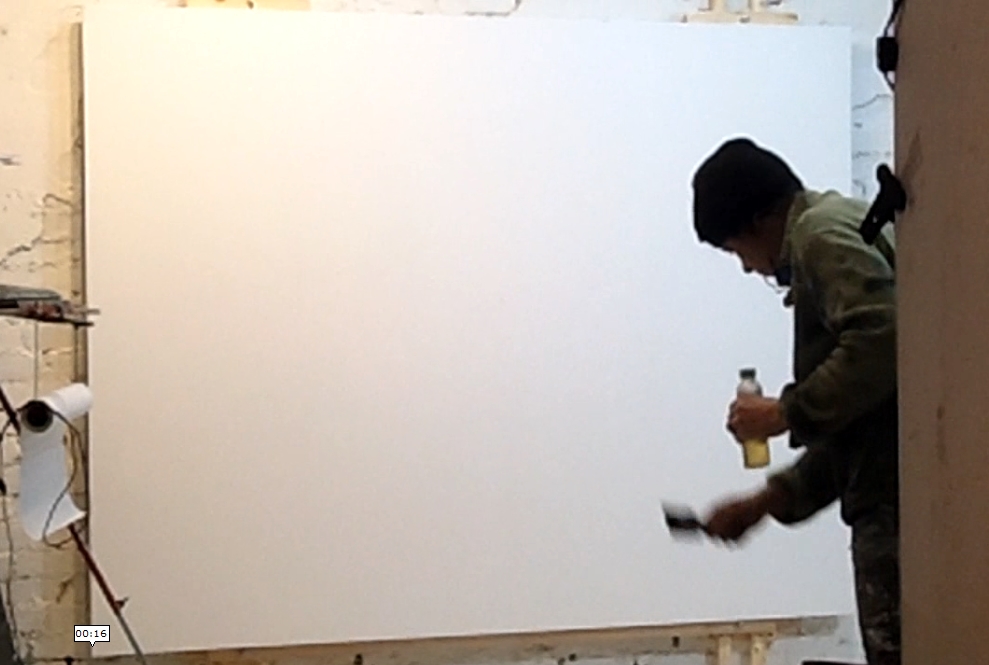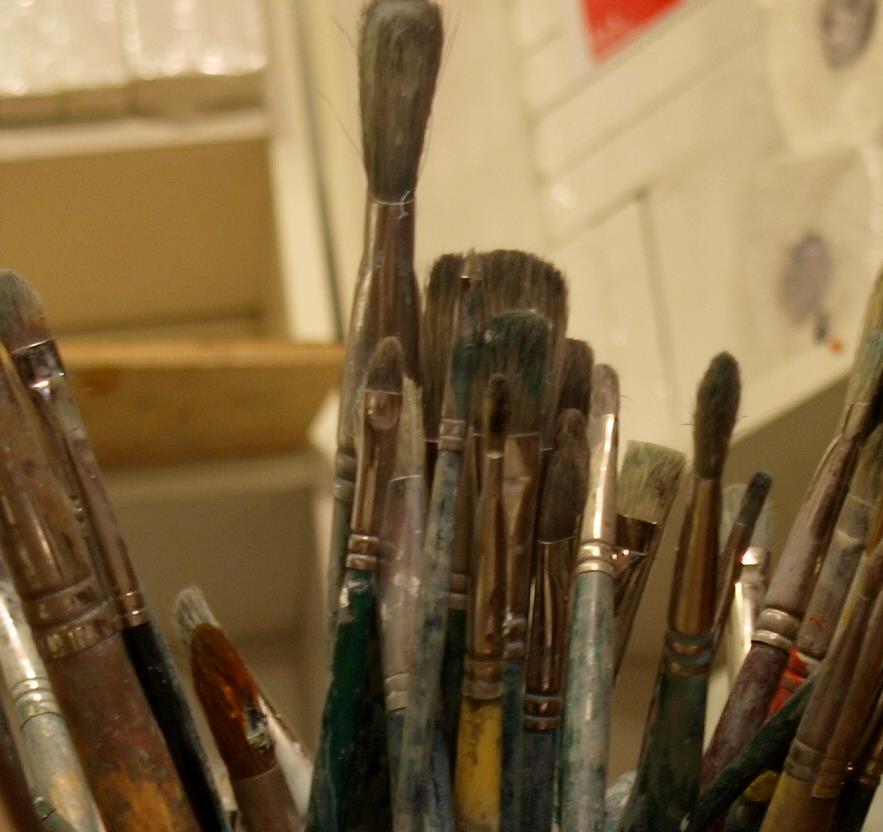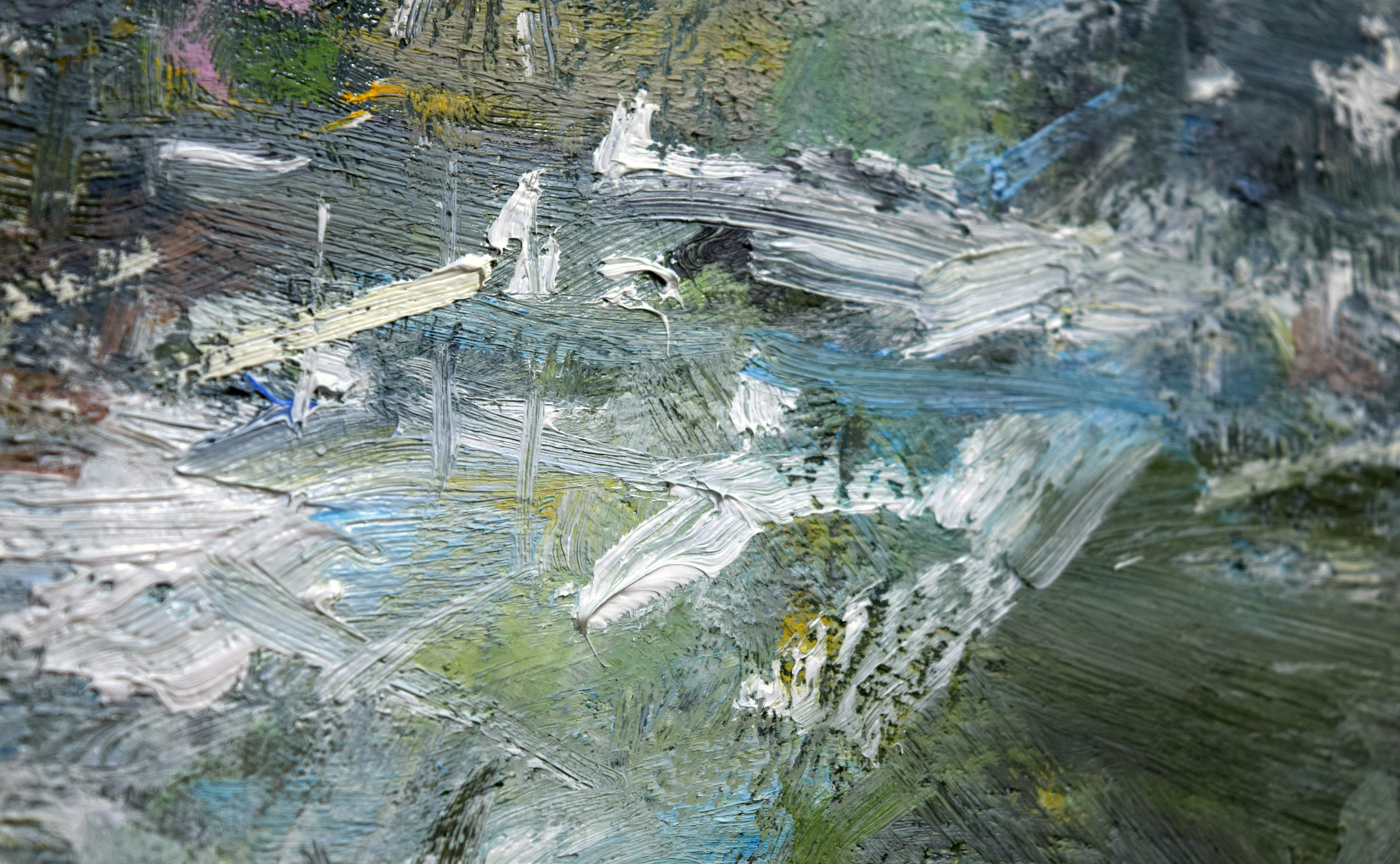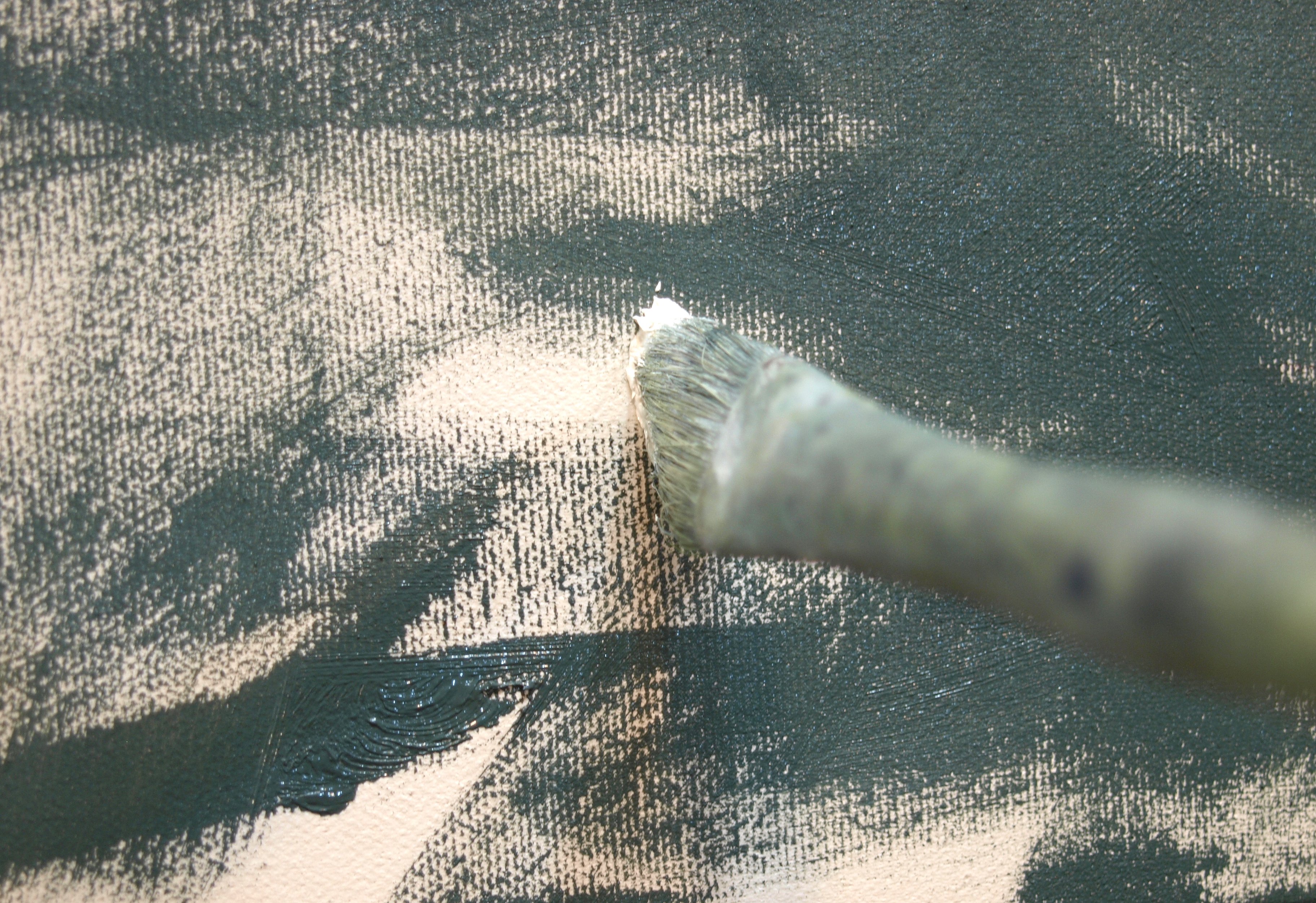Unifying brushstroke is an exciting stroke as it holds potential, it is dynamic and at certain times it can really change the conversation in the painting. Unifying brushwork usually comes into play once you have worked through a couple of cycles and your painting holds a rich tapestry of directional, descriptive and focal brushwork. As you build the painting you will usually loose the structure of the painting and need to carve it back in, at other times your brushwork will be too busy because it is all too separate from each other or you may have plummeted into too much detail too soon. It is usually when you are feeling unsatisfied but confused as to which direction you need to take that unifying brushstroke is something to consider.
Unifying brushwork moves across elements in order to combine them visually into one. Think of edges as ledges, wherever you have an edge that is created buy 2 strokes lying next to each other but not intersecting or you have a line or focal stroke, you have a ledge that makes your viewer stop moving and step. Think of your directional brushstrokes and unifying strokes as highways that lead your viewer through the painting. Directional brushstrokes are only really possible at the beginning of the painting but unifying strokes are part of the same family and reinforce the movement of the directional strokes while creating highways across ledges.
Unifying strokes can be wide or thin but they are usually transparent so that some of what is underneath is visible and they don’t always need to be made with a loaded brush. The great thing about oils is that they stay wet for long periods of time and a wonderful unifying stroke is one executed with a dry brush run across the elements which need to be unified into a whole so that your viewer reads through the element and does not repeatedly stop.
Unifying strokes can be used delicately in small areas when you feel that minor adjustments need to be made and they can be used to dramatically carve into the painting so that the conversation changes and new options are opened to you.
Unifying strokes like the directional strokes, consider the way that you want your viewer to move through the painting but unlike directional strokes, they take into consideration the elements already built into the painting and these determine where they start and stop. This is not to say that unifying strokes obey the elements present in the painting but that they consider them. This means that you won’t wantonly destroy areas but as always, you will look for an opportunity to start and finish your strokes outside of the area that you are applying the stroke so that unity in the painting as a whole develops naturally.
Unifying strokes do not need to have a visceral quality to them as they are best when they are invisible in the final painting not because you cannot see them but because your descriptive and focal strokes are so strong. Grey in a painting is a concept as well as a colour as grey is an area of neutrality or an area where the eye can relax. In a painting the unifying strokes can create grey areas as they remove the ledges so that your viewer moves through them without being conscious of the content.
Unifying strokes can also be carried out by removing the paint from the canvas completely. I often use this approach to the unifying marks because removing the paint is a strong, decisive move which is great when I feel a little lost. Using a pallet knife to remove the paint also reveals interesting marks and colours below the paint which cannot be achieved by applying paint.
Unifying strokes can be made with a lightly loaded brush which does not blot out the area that it is unifying, they are usually made with a wider brush and they move through the canvas in a way that assists the viewers eye to move through the painting. They are little highways that preserve the subject but helps your viewer move where you want them to move.

